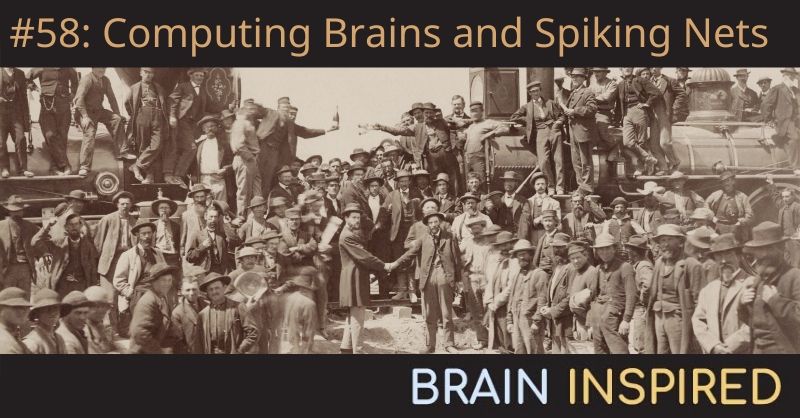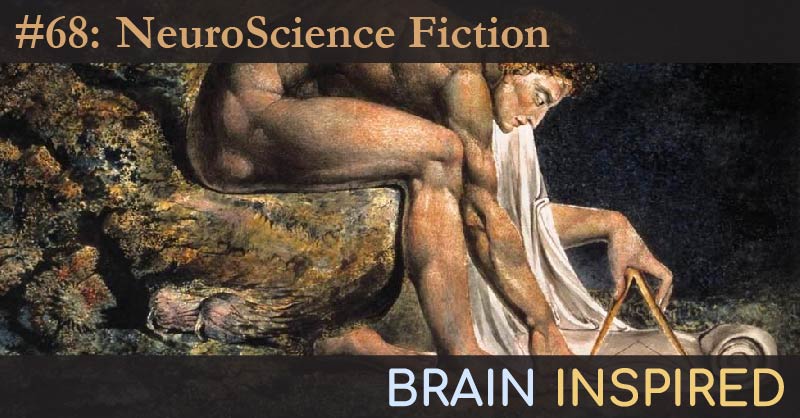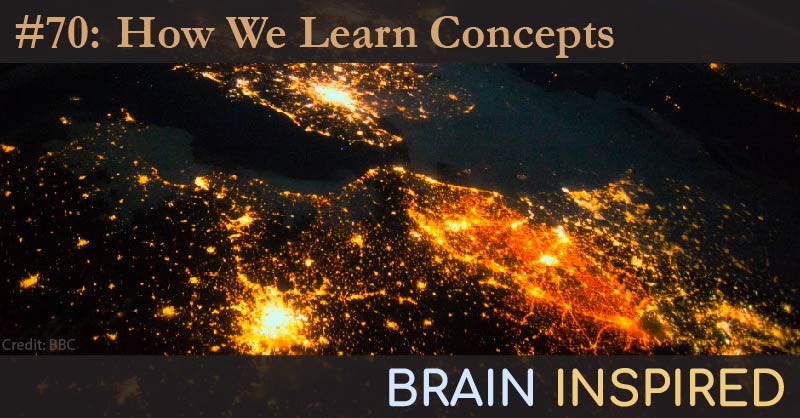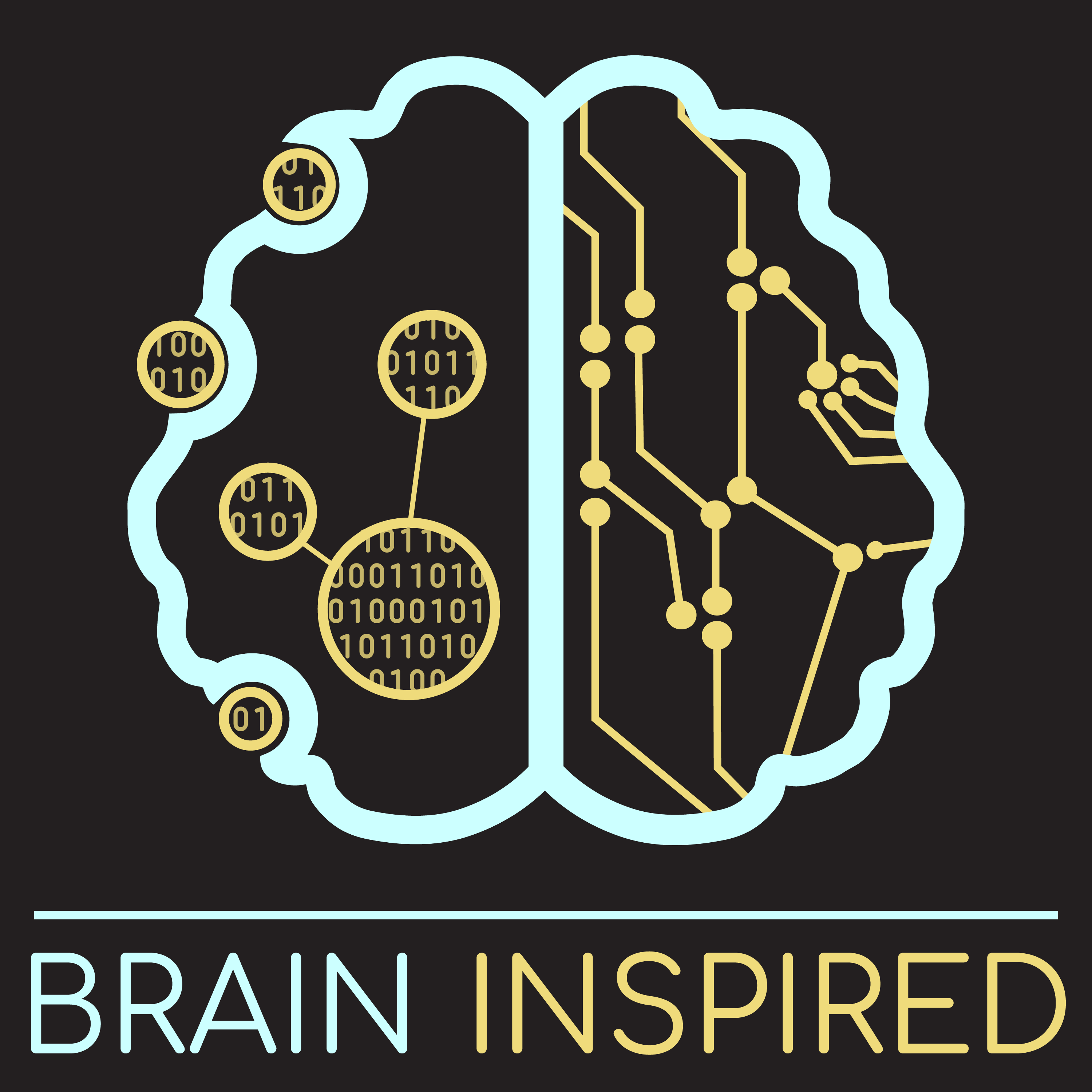

In this first part of our conversation (here's the second part), Wolfgang and I discuss the state of theoretical and computational neuroscience, and how experimental results in neuroscience should guide theories and models to understand and explain how brains compute. We also discuss brain-machine interfaces, neuromorphics, and more. In the next part (here), we discuss principles of brain processing to inform and constrain theories of computations, and we briefly talk about some of his most recent work making spiking neural networks that incorporate some of these brain processing principles.

Rodrigo and I discuss concept cells and his latest book, NeuroScience Fiction. The book is a whirlwind of many of the big questions in...

Brad and I discuss his battle-tested, age-defying cognitive model for how we learn and store concepts by forming and rearranging clusters, how the model...

Support the show to get full episodes and join the Discord community. Check out my short video series about what's missing in AI and...